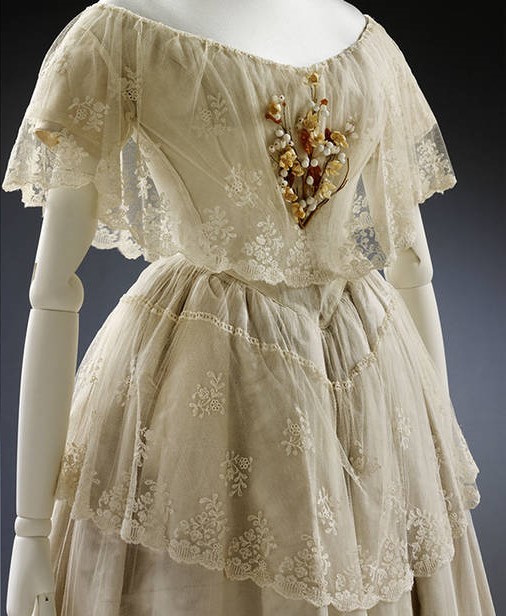
Textile Restoration

Textile Restoration

The importance of conserving and preserving textiles cannot be understated. They are among the oldest man-made artifacts that can be found, dating to around 12,000 BCE. Among the first plants and animals domesticated were those from which early humans made textiles: flax for linen in Egypt, sheep and their wool in Europe, silk in Asia.
Around the world, textiles were a major part of civilization, and today these artifacts show where humans moved and how they shaped their environments—what materials did they spin into yarn, what rocks did they grind for pigments, what patterns did they weave into cloth? Textiles are a fundamental part of human existence and for most of that existence, fabric was too costly a material in time and resources to ever let a scrap go to waste.
It is only within the last few hundred years that it has become a viable option to let sentimentality outweigh practicality by keeping a garment intact rather than reproposing its fabric.
You will find information on four major textiles and a bit of their history, as well as the dyes that were used on them under the Materials tab.
Under Restoration, there is information regarding how people work on restoring historic garments, and under Preservation you can learn about how they are cleaned and stored for future people to enjoy.
For a further general over view of the entire process of conservation and restoration, here is a video link on textile conservation at The Met.
This website is a compiled collection of research on Historic Textile Restoration and Preservation. This site was planned, written, and coded all within a 15-week period for educational purposes and so is by no means the end all be all of the topic, however it will hopefully provide interesting information that encourages your to further explore this topic.